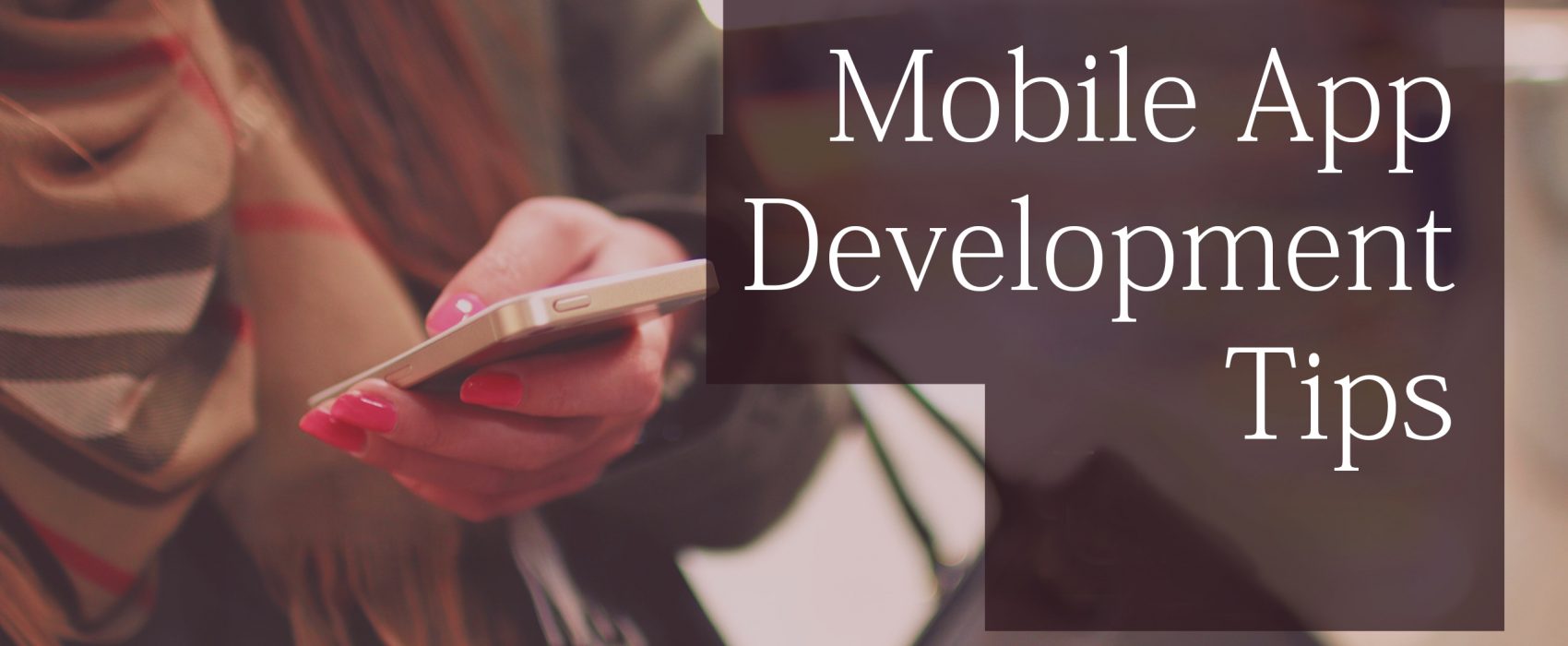Mobile App Development Tips
So, you are new to Mobile App Development? Want to know some tips in handy about creating Best Mobile Application Development works? Then just read and follow the mobile app development tips below, along with mobile app development tips and practices to hit the bull’s eye!
1. Ensure you have a feedback system.
It is important to have some way for the users to provide feedback on your good mobile app. It can be a button or a simple hyperlink to open an email; that doesn’t matter; what’s important is that you must give your users a convenient and quick way to report any lags, issues or bugs in your application, and provide suggestions or criticisms accordingly. Users generally appreciate knowing that you consider their feedback and that their inputs, suggestions, and preferences can shape the future of your android app.
2. Focus on Usability.
Any compelling mobile application should feature an interface that focuses more on the usability. The best way to do so is to follow the usual application flows of widely used apps as a model for your own mobile app development. Bonus points for beautiful as well as neat and simple interface!
3. Let your users customize it for themselves!
Just make sure that there are a clear and easy ways for the user to adjust settings for your app according to his/her tastes and preferences: colors, font sizes and more importantly, privacy settings if yours is a social app. The more freedom the user has to craft the app as per his/her own taste, the less are the chances that you will get something screwed. And, if you do so, especially with the look and feel of the app, it can simply be adjusted by the user.
4. Simplicity speaks for itself!
As a Designer/developer, we may feel tempted to add in a million small, frivolous features into our mobile app because we may think they’re “cool” or good-looking, but it becomes rather overwhelming. Just try to figure out the few basic things users really would want and build those only features to your App, and nothing else. As a user, I would rather use an app that lets me do what I want in 15 seconds than a complicated UI/UX that makes me do the things I have no interest or intention of actually doing.
5. Do keep in mind; it’s a phone!
If you own a small business/firm with a brick-and-mortar operation, It is always recommended taking a step back and keeping in mind the core function of a mobile device: remember it is a phone after all. Including the ability for your user to have an over-the-phone connection with you, while they are interacting with your mobile App, can go a long way to deliver top-notch customer service to your users.
6. Allow alternate Social media logins
Along with your usual login/sign-up process, also, allow users to have Facebook Connect or another single sign-on feature to use their social media logins to sign into the mobile app (and keep them signed in). And always provide them a hassle-free and simpler way to retrieve their user name/password or remind them which social network they may have used when setting up the mobile app.
7. Keep relevant Information
Stop building applications that seem to be just big web browsers, and focus on providing relevant information and delivering a richer experience in a compact and effective way that is beyond what your normal mobile website can do.
8. Ask less, do more!
If you have to ask users to register, sign up, or fill out forms, be extremely careful about eliminating every possible click, or tap, from the design. Ask for as little information as possible. User’s interest in your App falls sharply when extra efforts are required to sign up. This is a mistake many novice Mobile App designers make very often. You only have a short chance to make them stick to your App, and if they have a bad experience, they won’t want to try it again.
9. Avoid change!
When you are at converting a traditionally browser-based system/ website to a mobile app, make sure not to omit or hide any features popular with your traditional browser version. Nothing can be worse than a user not able to find, on your mobile app, that one key feature that he/she always used on the browser version!
10. Try to include analytics
As an android app developer, one key component is to include analytics into your mobile app. Small businesses/users must be able to track and identify their responses, user experience, and actions. The data gathered will only help users to make better decisions, stay engaged and encourage better updates. Best examples include apps like Quora or Linkedin that allow users to see various “Stats” under dashboard like features.
11. Include Offline capabilities
It may be frustrating to users when an app becomes entirely unusable just because they have a weak signal. Consider how you can build in at least some core features or interactive components that don’t rely on wireless signals/WiFi or high-speed internet connection. It creates a positive user experience while your users are on the go, online, or even if offline.
12. Game-ify it!
Gamification will allow your users to be interactive and have fun while using your mobile app. People usually come back to an app again if it provides some kind of value, and provokes a feeling of meeting challenges and getting some rewards, making it competitive and short-term fun.
13. Give priority to speed
It’s become a thing of prime importance to make sure your mobile application isn’t too slow. It should be rapid and responsive with a high response time. It is crucial for your mobile app development tips that it doesn’t make people wait around while it loads.

